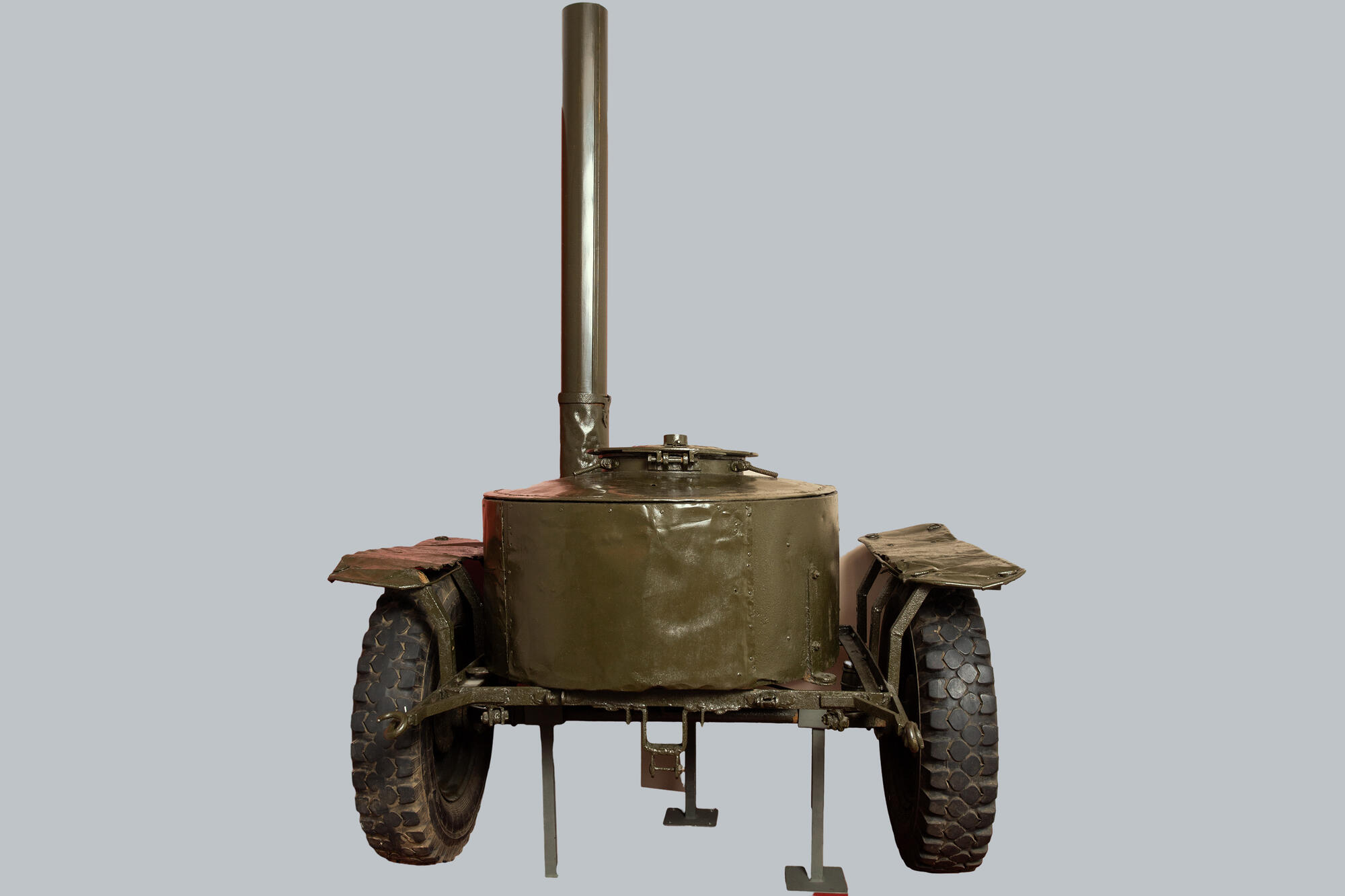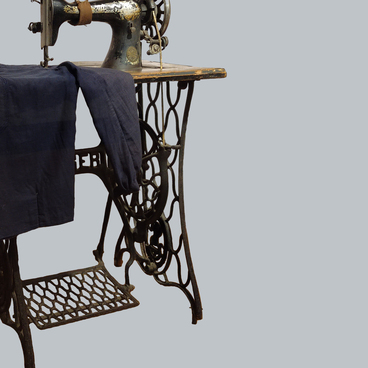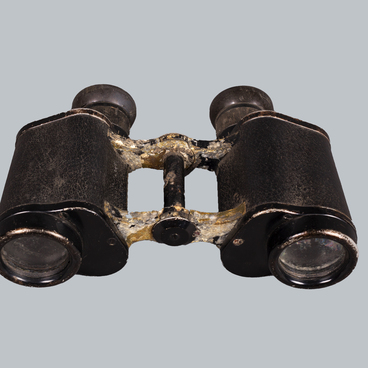In 1896, in the Russian Empire, the Main Quartermaster Department announced a competition for the development of a mobile field kitchen. Of the 15 options presented, the kitchen of Stanislav-Henrik Brun of the Warsaw firm “Kryshtov, Brun and Sons” met the stated requirements most fully.
In 1898, the military department recommended the Brun kitchens for mandatory purchase to military units, and in 1901 they were officially adopted for the active army. The 1898 military field kitchen consisted of one boiler with a capacity of 200 liters, had an axle and two rubber wheels. The pipe had a height of 140 centimeters with a diameter of 14 centimeters, and was made of zinc. The body had an oval shape, a hatch with a diameter of 45 centimeters and three metal fasteners with a handle.
In 1910, Staff Captain Fyodor Pavlovich Margushin suggested his lightweight model of a single-boiler four-wheeled infantry and artillery kitchen, which, after approval by the military department, became one of the first mass-produced field kitchens in the world. In 1912, the mountain kitchens of Major General Mikhail Grum-Grzhimailo designed to be pulled by pack animals were also adopted for mining and artillery units.
Field kitchens, which were designed at the beginning of the 20th century, continued to be used after the October Revolution. However, with the development of anti-tank divisions, old models were modified and new field kitchens were developed.
The copper boiler was replaced with a cast-iron one. Three- and four-boiler kitchens appeared, which were equipped with ovens and “trailer kitchens” towed by trucks. Their design was improved, as horses were phased out in favor of motorized vehicles.
During the Great Patriotic War, new regulations were developed for the Red Army. Special departmental structures were formed to manage food warehouses. They were directly responsible for food deliveries. Special attention was paid to the quality of food along with medical care for the military personnel.
In 1943, special medals were established to reward military cooks: “Excellent Cook” and “Excellent Baker”. During the Great Patriotic War, 33,000 military cooks were presented with state awards.




